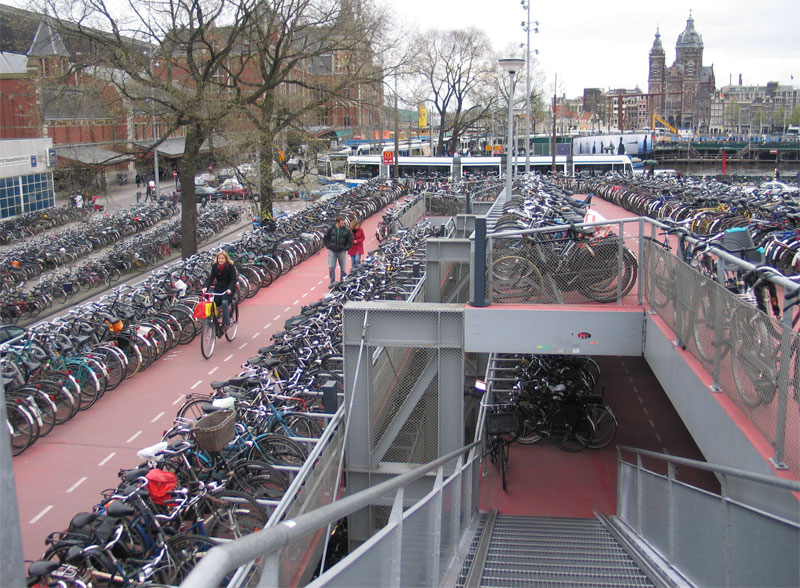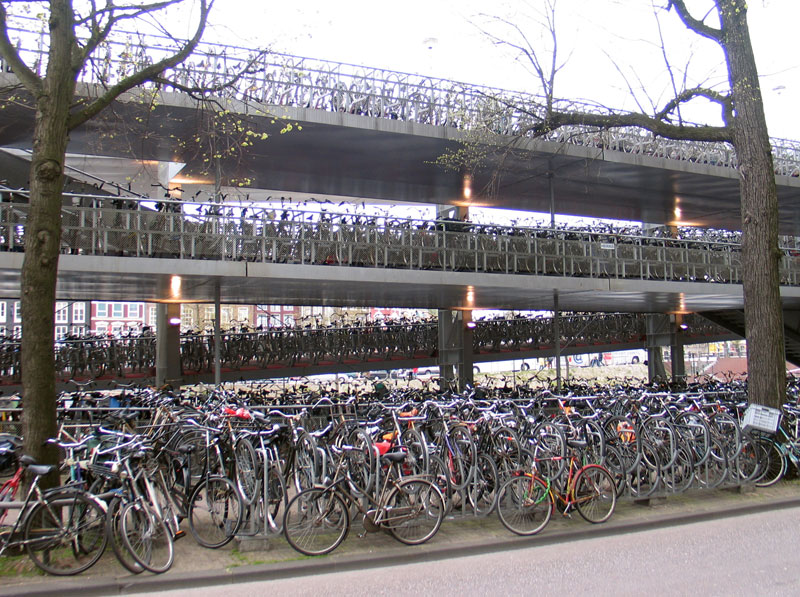The principle reason why QQ ended up with so much confusion is because it deviated from the original plan, changes which had consequences not predicted one change at a time.
The green ROW is one good example. A grass corridor is very easy to understand as a no go zone for cars. Eliminating that had consequences that rolled out throughout the entire street. The visual separation was removed, creating confusion. It's not immediately clear without reading signs that cars aren't allowed in the ROW. To compound the problem, the more signs that are added, the more visual clutter there is and the longer it takes for a driver to understand where they need to go. If we can't go all the way, perhaps adding a green berm of bushes along the ROW and 1M barrier of grass at the end of the ROW at intersections could help achieve a similar effect.
Other such changes, some very subtle, made it so that the dutch design didn't work well with our north american rules. For example, in much of Europe, signs/lights are placed at the location where vehicles/pedestrians must stop — before the intersection. A red light at the end of the paved bike lane before the the York intersection would make it clear where to stop without using confusing blue boxes on the pavement that nobody understands. Instead, there's a traffic light 100 feet away where cyclists aren't yet looking and so they continue on until they reach the actual cross road.
Cobble stone roads for cars with alternating one ways would have had the effect of slowing traffic and improve attention to surroundings. Rumbling roads do make drivers slow down and do make them look around and drive more carefully.
All of these should be implemented to fix the issues on Queens Quay.
Finally, one missing visual cue is not something that was eliminated but something we have to wait for. The tree canopy over the bike lane will create the visual separation cueing pedestrians that they're entering another realm. It'll take about 3-5 years for those trees to fill up and form a canopy. Hopefully WT isn't forced to introduce gates or fences. This would ruin the intended effect of a wide open Queens Quay. Perhaps more benches, and maybe some temporary flower pots could be added in the interim.




